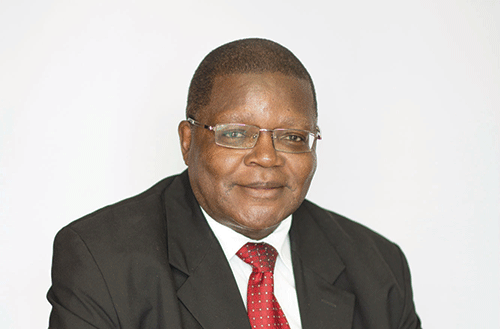A lot of positive and negative things have been said about the presence of Chinese in
this country, and in other African countries.
It is true that Chinese nationals are ubiquitous in Africa, almost in all sectors of the economy. Many local
people do not always understa
nd the reasons of the presence of the Chinese nationals in the country.
Therefore, many of the comments circulated about their presence are baseless due to lack of authentic information.
In this article, I decided to focus on the synergy between China’s Belt and Road Initiative, and Africa’s Agenda 2063. I hope this will
make the readers better understand why
there are Chinese in their midst.
As I unpack this important topic of the cooperation between China and Africa, I want readers to realise that China and Africa have always been collaborating in many
areas – economically, socially and
politically.
When it comes to how China’s Belt and Road Initiative will influence development in Africa, it is important to assess Africa’s Agenda 2063 goals, and compare and
contrast the short-term and long-term aspirations of realising the ‘Africa We Want’, which is the mantra of Africa’s Agenda
2063.
To help the readers understand the
essence of this topic, it is necessary to explain what China’s Belt and Road Initiative means, and what Africa’s Agenda 2063 is.
The Belt and Road Initiative is China’s
plan of action that is establishing new trade routes connecting China to the world.
This massive initiative that was
announced by Chinese president Xi Jiping in 2013 has so far witnessed the building of infrastructure worth billions of dollars in
Asia, Africa and Europe as well as other
parts of the world that connect China to these and other areas in trade and developmental projects.
In simple words, the Belt and Road Initiative is about connectivity – China connecting to the rest of the world through this initiative or framework or bloc.
Celebrating the Belt and Road Initiative’s anniversary on 20 November 2023, president Xi expressly said: “Our achievements in the past decade are truly remarkable. Belt and Road international cooperation has gotten off the ground, grown rapidly and produced fruitful outcomes.
Covering the land, the ocean, the sky and the internet, this network has boosted the
flow of goods, capital, technologies and
human resources among countries involved.
Over these 10 years, we have endeavoured to build a global network of connectivity consisting of economic corridors,
international transportation routes and information highways.”
In my research, I found Xi’s statement to be a true assessment of the success of China’s Belt and Road Initiative as there are many projects to back it.
In Africa, for instance, “Belt and Road
projects … focus generally on transport and power, but include variation within, from international rail and expressways, seaports, hydropower to carbon-based power, water supply and sanitation, and many other programmes.”
Some of these Belt and Road Initiative projects are found in Algeria, Djibouti, Egypt, Ethiopia, Kenya, Namibia, Nigeria, Sudan, Tanzania, Uganda, Zambia
and Zimbabwe.
The US$3.2bn Mombasa–Nairobi Standard Gauge Railway connecting Mombasa to Nairobi in Kenya stands out among the best completed Belt and Road Initiative projects in Africa.
The road that is being constructed in Namibia from Windhoek to Hosea Kutako International Airport is another good example.
As stated before, the aim of this article is to assess the interplay between the Belt and Road Initiative and the African Union’s Agenda 2063: The Africa We Want. This is a “Pan-African Vision of an integrated, prosperous and peaceful Africa, driven by
its own citizens, representing a dynamic
force in the international arena, and Agenda 2063 is the concrete manifestation of how
the continent intends to achieve this vision within a 50-year period from 2013 to 2063.”
It is therefore my task to demonstrate how the seven main goals and priority areas of the AU’s Agenda 2063 can benefit or have already benefited from China’s Belt and Road Initiative platform. For the benefit of the reader, I list the Agenda 2063 goals and priority areas:
A Prosperous Africa, based on inclusive growth and sustainable development; An integrated continent, politically united and based on the ideals of pan-Africanism and the vision of African Renaissance; An Africa of good governance, democracy, respect for human rights, justice and the rule of law; A peaceful, and secure Africa; Africa with a strong cultural identity common heritage, values and ethics; An Africa whose development is people-driven, relying on the potential offered by African people, especially its women and youth, and caring
for children; and an Africa as a strong, united, resilient and influential global player and partner.
In Part 2 of this article, I will attempt to give an overview of how the Belt and Road Initiative has contributed to the realisation of some of the AU’s Agenda 2026 goals and initiatives, including Africa’s infrastructure and energy initiatives.
While everything I have said so far looks rosy, I will also highlight some challenges faced by some African countries which have subscribed to China’s Belt and Road initiative.
*Professor Jairos Kangira is a scholar rhetoric and professor of English at the University of Namibia. Email address: kjairos@gmail.com


